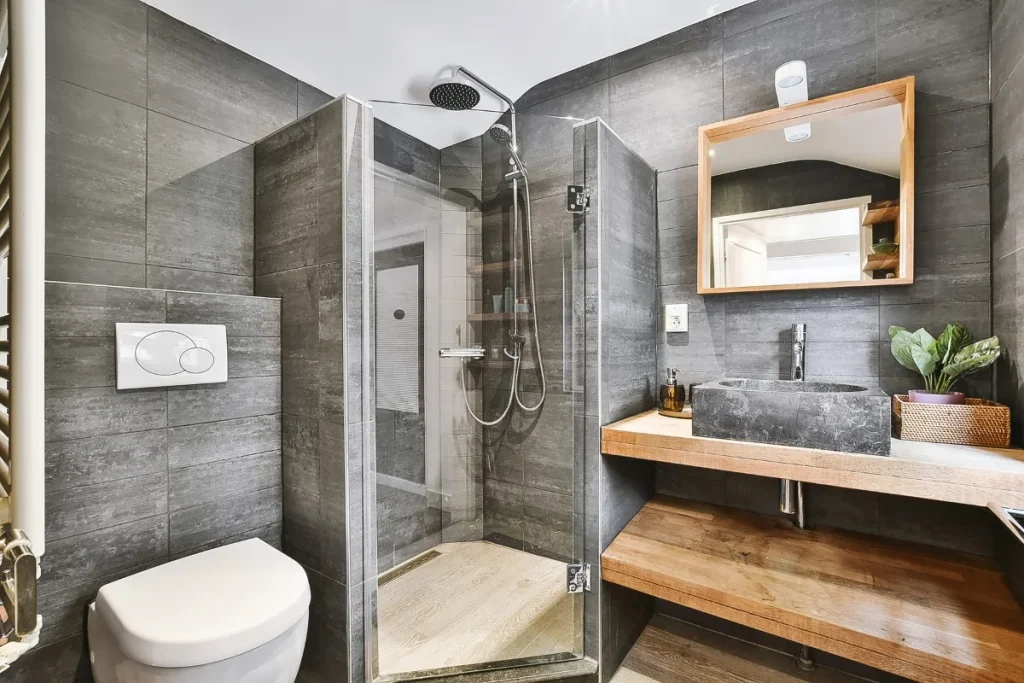
Home improvement projects are exciting — they give your house a fresh look, add comfort, and can even increase your property’s value. But let’s be honest — renovations can quickly become expensive if you don’t plan carefully. The good news? With the right strategy, creativity, and discipline, you can successfully complete a home improvement project without breaking the bank.
In this article, we’ll guide you through the smart steps to plan a budget-friendly home improvement project that saves money while still giving your home the upgrade it deserves.
1. Set Clear Goals and Priorities
Before you start knocking down walls or buying paint, take a moment to think about what you really want to achieve. Are you improving your home’s appearance, functionality, or both?
Write down your goals clearly. For example:
- Do you want to modernize your kitchen?
- Add more storage space?
- Repair or replace outdated fixtures?
Having clear goals helps you stay focused and avoid unnecessary spending. Once you’ve listed everything, prioritize the tasks from most important to least important. This ensures that even if you run short on funds, the essential improvements are already covered.
2. Set a Realistic Budget
Your budget is your project’s foundation. Start by deciding how much you can afford to spend overall. Then, divide that total into categories — materials, labor, permits, and unexpected costs.
A smart rule is to set aside 10–15% extra for surprises. Home projects almost always have unexpected expenses, such as hidden repairs or last-minute changes.
Here’s a simple breakdown example:
- Materials: 50%
- Labor: 30%
- Permits and Fees: 5%
- Emergency/Extra: 15%
Tracking your spending this way prevents you from overshooting your budget. You can use budgeting apps like Mint or Excel sheets to stay organized.
3. Do It Yourself (DIY) — When You Can
One of the best ways to save money on home improvement is by handling some tasks yourself. You don’t have to be a professional to paint a wall, install shelves, or change cabinet handles.
Platforms like YouTube and Pinterest are full of free tutorials for beginners. Simple DIY tasks can cut hundreds of dollars in labor costs.
However, know your limits. Electrical wiring, plumbing, and structural work should be left to professionals. A small mistake in these areas can cost you more later in repairs.
4. Research and Compare Prices
Never buy the first item you see. Whether it’s flooring, paint, or furniture, compare prices online and in local stores. Many home improvement retailers offer discounts, clearance sales, or online-only deals.
A few smart tips:
- Buy in bulk when possible — it often reduces the cost per unit.
- Check seasonal sales — stores often discount home materials during off-peak months.
- Consider refurbished or recycled materials — they’re cheaper and environmentally friendly.
You can also visit local thrift shops or online marketplaces like Facebook Marketplace or Craigslist for gently used items.
5. Plan and Schedule Your Project Smartly
Timing plays a big role in saving money. If you start your project during a busy season, labor costs may be higher due to demand. Planning your renovation during the off-season can help you negotiate better prices.
Create a timeline that includes:
- Start and end dates for each task.
- Time for material delivery.
- Buffer time for unexpected delays.
A well-structured schedule prevents rush jobs and mistakes, saving time and money.
6. Reuse, Recycle, and Repurpose
Before throwing away old materials, think again. Sometimes, a simple coat of paint or polish can make old items look brand new.
For example:
- Repaint old cabinets instead of replacing them.
- Reuse leftover tiles for decorative designs.
- Turn wooden pallets into garden furniture.
This approach not only saves money but also gives your home a creative, personalized touch.
7. Hire the Right Professionals (If Needed)
If your project requires professional help, don’t rush into hiring the first contractor you find. Take time to get multiple quotes, check reviews, and verify licenses.
Ask these key questions:
- Are they insured and licensed?
- Can they provide references or past project photos?
- What’s their estimated timeline and payment schedule?
Choosing a reliable contractor helps avoid poor-quality work and unexpected expenses down the line.
8. Focus on High-Impact, Low-Cost Upgrades
You don’t need to spend thousands to make your home look amazing. Some upgrades deliver a big visual impact for little money.
Here are a few examples:
- Paint: Fresh paint instantly brightens up a space.
- Lighting: Replace outdated lights with modern, energy-efficient options.
- Hardware: New cabinet handles, faucets, or door knobs can make a big difference.
- Decor: Add plants, mirrors, or inexpensive art pieces to refresh your space.
Small changes often make the biggest difference when done thoughtfully.
9. Avoid Unnecessary Add-Ons
When planning home improvements, it’s easy to get carried away by fancy designs and luxury finishes. But every small upgrade adds to your cost.
Ask yourself:
- “Do I really need this feature?”
- “Will it improve my daily life or just look nice?”
Stay disciplined and avoid impulse decisions. Stick to what truly fits your goals and budget.
10. Track Progress and Adjust When Needed
As the project moves forward, keep track of your spending and progress weekly. If you notice certain areas going over budget, adjust quickly by cutting costs elsewhere.
Regularly reviewing your plan keeps you in control and ensures the project stays on track — both financially and timewise.
Conclusion
Planning a budget-friendly home improvement project is all about balance — balancing your dreams with your wallet. With careful planning, smart shopping, and a touch of creativity, you can give your home a beautiful transformation without overspending.
Remember: success isn’t about how much money you spend, but how wisely you use it. Whether you’re repainting a room, updating your kitchen, or adding cozy decor, thoughtful planning ensures you’ll enjoy both the process and the results — stress-free and within budget.
Frequently Asked Questions (FAQs)
1. How can I save money on home renovation materials?
You can save money by comparing prices from multiple stores, buying during seasonal sales, and using recycled or second-hand materials. Also, check for bulk discounts and clearance items at local home improvement stores.
2. What are some easy DIY projects for beginners?
Simple tasks like painting walls, installing shelves, changing cabinet knobs, or creating decorative wall art are perfect for beginners. They cost little and instantly improve your home’s look.
3. How do I find trustworthy contractors for my project?
Ask for recommendations from friends or family, check online reviews, and verify licenses and insurance. Always get multiple quotes and compare not just the price, but also reliability and experience.
4. What’s the biggest mistake people make when planning renovations?
The most common mistake is not setting a clear budget or ignoring hidden costs. People often start projects without estimating expenses properly, leading to financial stress later.
5. Are small renovations worth it for home value?
Yes, even small improvements can increase your home’s value. Fresh paint, modern lighting, updated fixtures, or improved landscaping can make your property more appealing to potential buyers.


